Infrastructure
Rail projects set for completion in 2021
This year is expected to see the realisation and conclusion of some high-profile rail projects around the world. These include the UK’s long-delayed Crossrail line, Vietnam’s Ho Chi Minh Line 1, the Lagos-Ibadan railway in Nigeria and more. Alex Love profiles these projects and assesses their status.
When Virgin Hyperloop chief technology officer and co-founder Josh Giegel and director of passenger experience Sara Luchian stepped onto the company’s custom-built pod for the first time, they knew they were making history.
“I was very excited, and I think if there were any nerves it was just about the magnitude of the moment and realising that we were potentially about to be writing history,” Luchian told Railway Technology.
On 8 November 2020, the company made worldwide headlines when it conducted the first passenger test on its hyperloop system. The trial, which was carried out in the Nevada desert, was considered a success by Virgin Hyperloop’s partnerthe Virgin Group.
Even though Virgin Hyperloop started working on the project in 2019, the development of hyperloop technology dates back years, further even than a research paper published in 2013 by Tesla CEO Elon Musk.
As hyperloop projects come to fruition around the world, we explore the evolution of the concept, from its origins to the ground-breaking futuristic networks being built today.
Vietnam
Ho Chi Minh City Metro Line 1
Line 1 of Ho Chi Minh City is due to be completed towards the end of this year. The 19.7km route will connect Ben Thanh in District 1 with Suoi Tien Amusement Park in District 9, serving 14 stations.
Works were originally scheduled to start in 2008, but funding issues caused delays. Construction eventually began four years later in 2012. By 2040, the network is projected to be used by 800,000 passengers a day.
The line is part of a much wider planned rail network comprising a total of seven lines. Last year, works began on Line 2 and are due for completion in 2024.
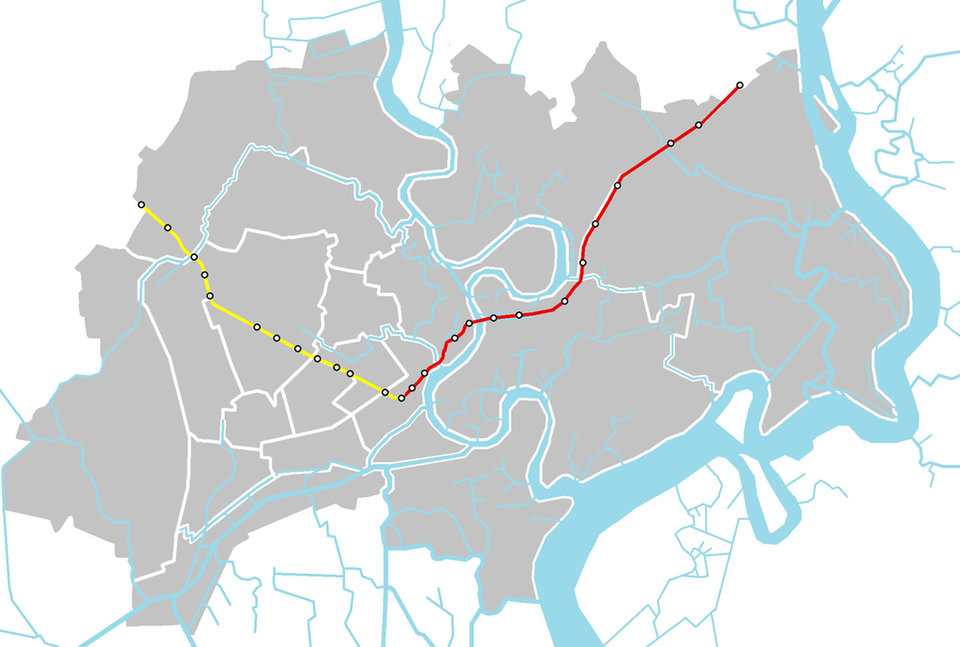
Credit: Nima Farid | Wikimedia Commons
Nigeria
Lagos-Ibadan railway line
The 156km Lagos-Ibadan railway line officially began passenger operations in January this year. The initial journey was completed in approximately two hours and 40 minutes, which is hoped to eventually be reduced to two hours. It is West Africa’s first double-track standard gauge railway.
Continuing the theme of many rail projects on this list, construction also suffered delays. China Civil Engineering Construction Corporation received a contract for works in 2012, yet the groundbreaking ceremony did not happen until March 2017.
In addition, intense rainfall in the first quarter of 2018 stopped works temporarily. Then Covid-19 restrictions in 2020 slowed progress further by reducing the number of construction workers allowed on site.
Authorities hope the line will increase the amount of freight transported by rail to reduce congestion on the roads and save infrastructure from heavy volumes of lorries.
The $1.6bn section is part of the wider Lagos-Kano railway, with the 187km section from Abuja to Kaduna completing in July 2016.
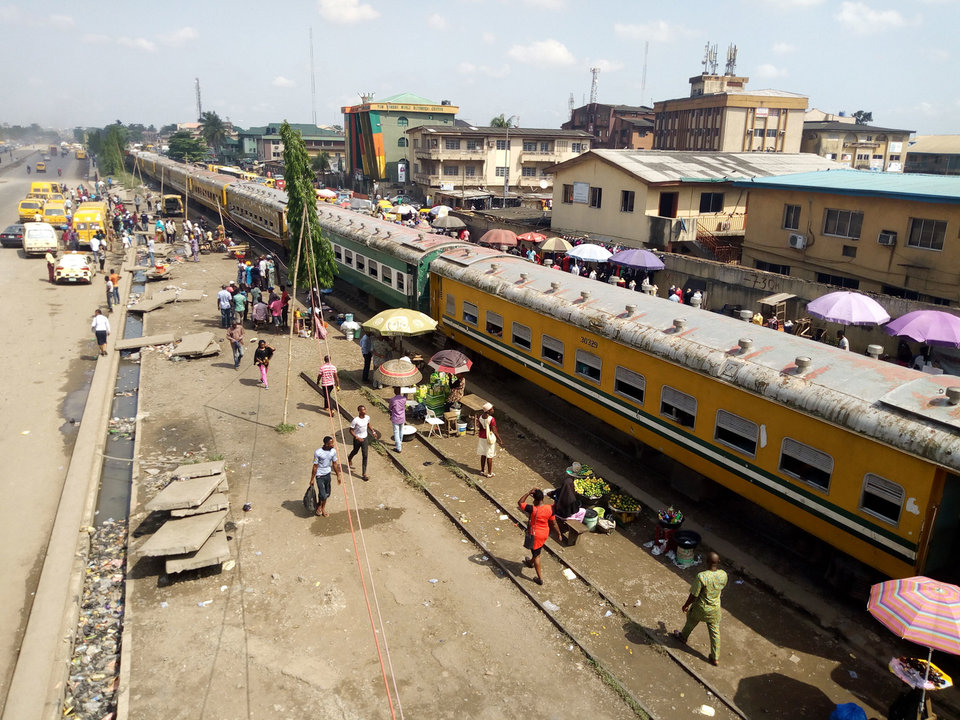
Credit: ariyo olasunkanmi | Shutterstock.com
United Kingdom
Crossrail
Construction of Crossrail started in 2009 and was originally scheduled to be completed by 2018. The project has been beset with delays and the global pandemic is expected to push back completion even further.
Long stretches of the route are already operating, from Reading to Heathrow Airport and Paddington Station, as well as Shenfield to Abbey Wood. Yet the all-important portion through central London is not expected to be completed until 2022. However, given the history of setbacks the project has endured, it is not possible to fully rule out any further delays.
The completed line will eventually run for 117km, from Reading to Shenfield via central London, with a branch off to Heathrow Airport.

Credit: Willy Barton | Shutterstock.com
China
Beijing–Shenyang high-speed railway
The Beijing–Shenyang high-speed railway project completed in January.
Passenger services began running on the stretch from Chengde South to Beijing Chaoyang on 22 January, after the first section from Shenyang to Chengde South started operations in December 2018.
The full line runs for 700km and serves 16 stations, with trains reaching speeds of 250km/h to 300km/h. This makes a significant improvement to journey times between Beijing and Shenyang, with it now taking two hours and 17 minutes from the previous four hours.
It is a vital part of China's economic plans for its north-east region and has also been used to trial high-speed rail technologies, with 29 tests performed since 2018.
Trains are equipped to handle the snow and can operate in extreme cold temperatures as low as -40˚ C.

Credit: N509FZ | Wikimedia Commons
Saudi Arabia
Riyadh Metro
Riyadh Metro in the Saudi capital city is due for a partial opening this year, after being pushed back from the original 2019 schedule.
Built at a cost of $22.5bn, the metro will consist of six lines with a combined length of 176km and 85 stations. The extra capacity is required to serve a population that is expected to grow by 2.5 million people within the next decade.
Alstom trains will run on three metro lines, with trains built by Siemens running on two routes, and rail vehicles manufactured by Bombardier serving one line.
It will be Saudi Arabia's second metro line, following Mecca Metro that began operations in 2010.
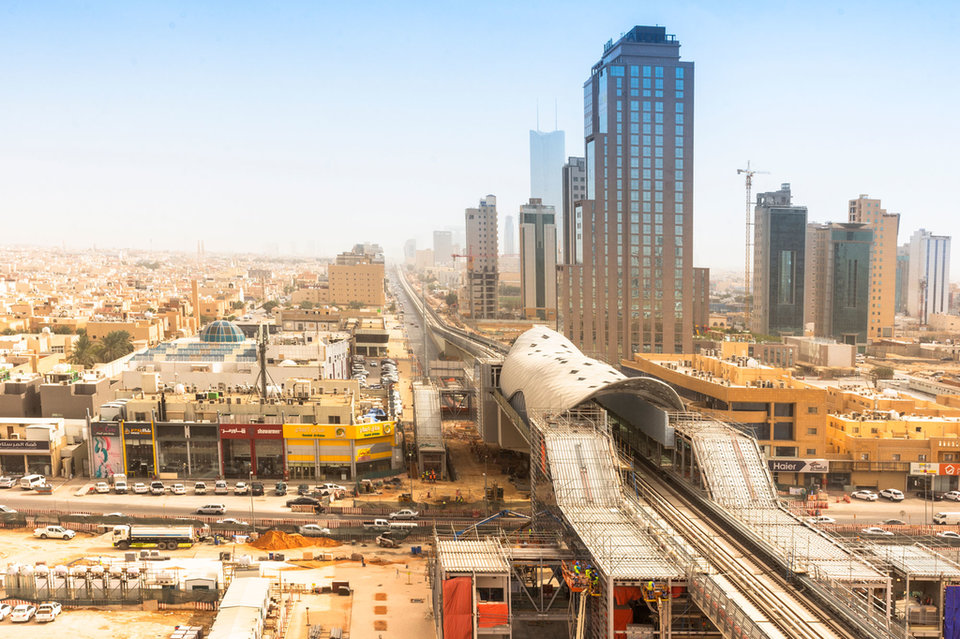
Credit: Ali Alawartani | Shutterstock.com
Laos
Boten–Vientiane railway
Boten-Vientiane railway in Laos is due to open in December this year. The line will stretch 414km between the town of Boten on the Chinese border and Vientiane, the Laos capital. Construction started in December 2016.
Featuring an electrified overhead line, trains will reach speeds of 160km/h for passenger services and 120km/h for freight. The route will serve 32 stations, passing through 75 tunnels and over a total of 167 bridges.
The project will cost an estimated $6bn, with the majority of this borrowed from China through various arrangements. Some are concerned it will leave Laos unable to pay this off, in what is referred to as the ‘China debt trap’.
The Boten-Vientiane railway is another part of China's wider Belt and Road Initiative to enhance trade routes, with plans for a trans-Asia railway that will eventually run for 5,500km from Yunnan to Singapore, via Myanmar, Thailand, Vietnam, Cambodia and Malaysia.
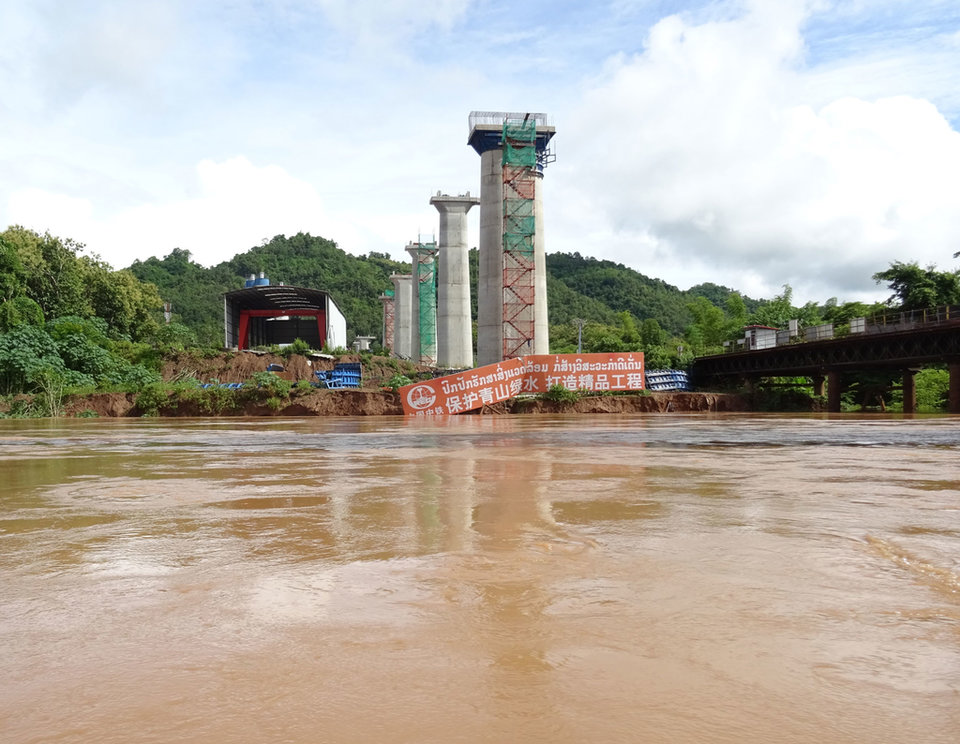
Credit: Christophe95 | Wikimedia Commons
Indonesia
Jakarta-Bandung high-speed railway
Indonesia’s high-speed railway line made decent progress in 2020 in spite of the pandemic, ending the year at 60% complete. It’s possible that the project could be nearing completion by the end of 2021.
The 142.3km line will run from the capital Jakarta to Bandung in West Java province. Construction began in 2016 in collaboration with China, which is providing arrangements for a large amount of the $5.5bn funding. This was after a bitter bidding war between China and Japan.
In January, authorities announced the track laying base’s connection to Indonesia's existing rail network. Once complete, passenger services will reach speeds of 350km/h. This will slash travel time on the route from the current three hours to less than 40 minutes.
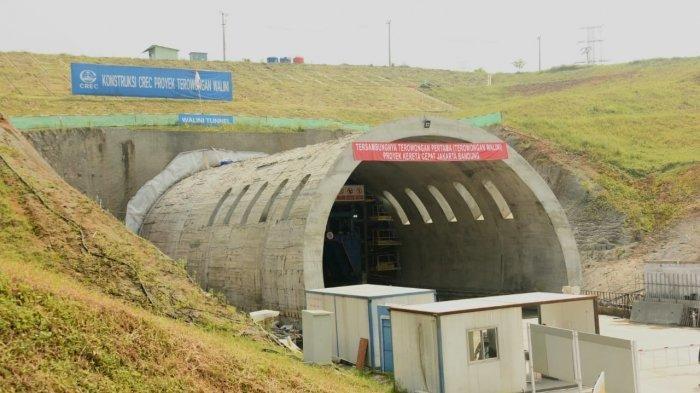
Credit: Aditsf56 | Wikimedia Commons
India
Indian Railways: multiple projects
As far as the sheer number of railway projects completed goes, it is going to be tough to match India’s record this year.
The country has announced that 2021 will see the completion of 49 rail projects, with a further seven to follow in the first three months of 2022. Works will include tracking doubling, gauge conversions, and electrifications.
One of the largest projects is the South Central Railways’ doubling and electrification of the line that includes Vijayawada-Gudivada-Bhimavaram-Narsapur, and Gudivada-Machilipatnam. So far, 124km has been complete and the remainder of the 221km line is on course to be finished by July.
Before that, doubling of the 225km Daund-Gulburga track is due to end in June. Meanwhile, the doubling of the 283km Bina-Kota line is set to be finalised in December.
Finland
Tampere light rail
This year will see the completion of the 16km first phase of the Tampere light rail line, from the city centre to Tampere University Hospital (TAYS) and Hervanta.
Phase two will connect with Lielahti and Lentävänniemi and is due for completion by 2025. Artic trams built by Skoda will operate on the line, carrying up to 264 passengers.
Since 2001, light rail viability studies were carried out in Tampere. Plans were eventually approved by Tampere city council in November 2016.
The project will cost an estimated €330m. Once complete, the light rail line is estimated to generate annual profits of €10m. This is in contrast with the area’s bus transport system, which loses €10m a year.
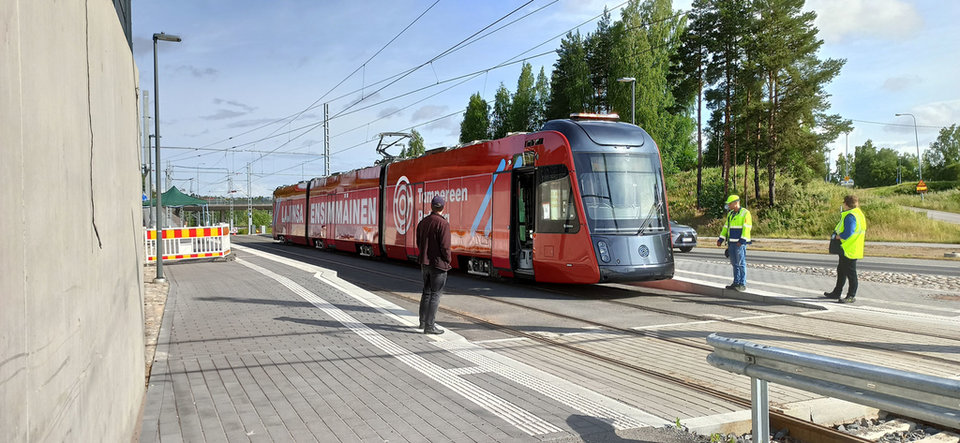
Credit: OlskuPe | Wikimedia Commons
Massachusetts, US
Green Line Extension
The Green Line Extension in Massachusetts is easily the shortest rail project on the list, but the highest in terms of distance to cost ratio. While the light rail track may run for a mere 4.3 miles, it is estimated to cost $2.28bn.
It is a north-west extension of the Massachusetts Bay Transportation Authority's Green Line, heading into the Boston suburbs of Somerville and Medford. It will serve seven stations.
The project has been plagued by delays and cost disputes. Planning started back in 2006 and construction was originally meant to be finished by 2014. However, groundbreaking didn’t actually take place until 2012. But when estimated costs spiralled to $3.3bn in 2015, the project was paused.
Plans were revised and progress was eventually made. The new line is now expected to be completed by the end of 2021. It is estimated that the line will see 45,000 individual journeys a day by 2030.
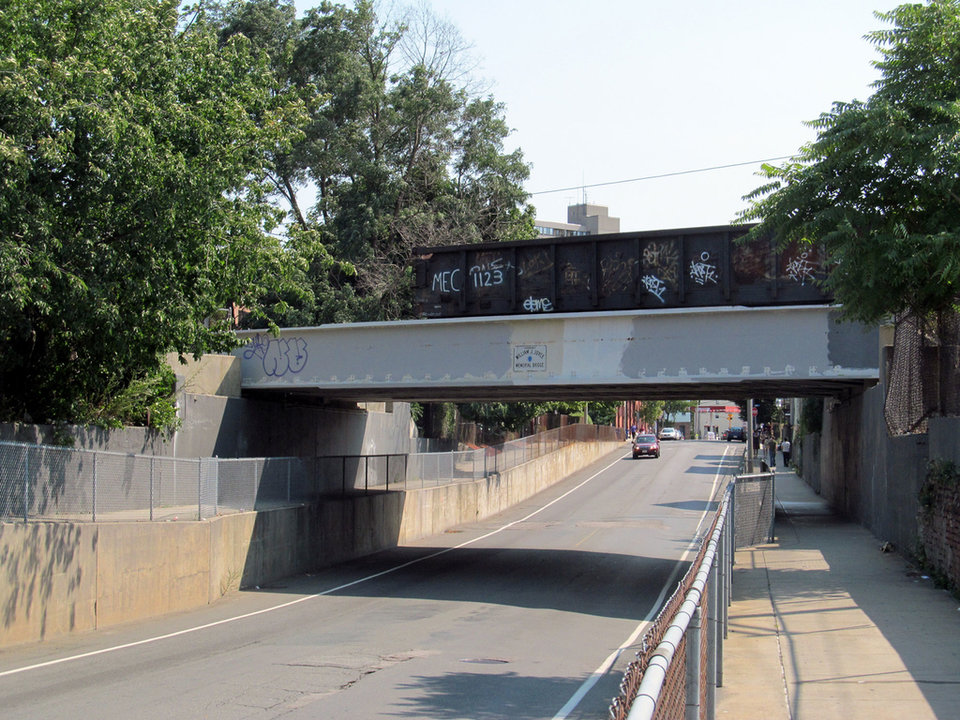
Credit: Pi.1415926535 | Wikipedia Commons
The general economic coronavirus aid of the federal government that has been initiated so far does not offer effective help